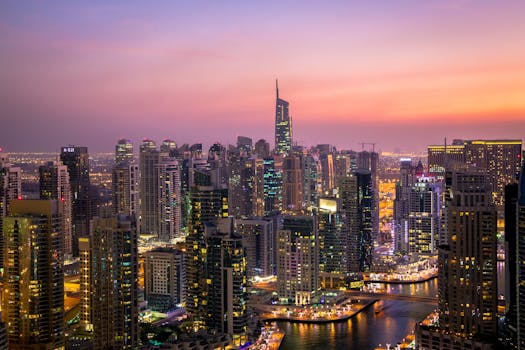
The ruling stemmed from a case concerning a temple in a bustling urban area where local residents faced restricted access due to the temple’s expansion and its encroachment onto public pathways. Residents argued that the temple's structures and associated activities hindered their movement, leading to numerous complaints about accessibility. The court emphasized that while the right to practice religion is constitutionally protected, it should not infringe upon the rights of the public to access common areas.
Legal experts view this ruling as a significant interpretation of constitutional rights, asserting that the judgment firmly places public access as paramount in the hierarchy of rights. It establishes a clear precedent that religious practices must coexist with civic responsibilities, reinforcing that the constitution guarantees both freedom of religion and the right to mobility.
The Supreme Court's decision arrives amid ongoing debates surrounding the use of public spaces and the impact of religious structures on urban planning. As cities grapple with growing populations and infrastructural challenges, this ruling serves as a reminder for authorities to consider the implications of urban development on public accessibility. Advocates for urban development and public rights see this as an opportunity to address long-standing grievances related to the encroachment of religious establishments on public land.
As cities evolve, the need for integrating diverse religious practices with urban living continues to present challenges. The Supreme Court's judgment may lead to a reassessment of existing religious structures and their compliance with public access norms. Urban planners and local authorities are expected to take note of this decision as they review zoning laws and urban development plans, ensuring that future constructions respect both religious freedoms and public access.
The ruling has received mixed reactions. Many community leaders and civil rights activists praised the judgment, arguing that it affirms the importance of public space in a democratic society. They contend that unrestricted access to public areas is vital for fostering community relations and ensuring safety. Conversely, some religious leaders expressed concern, fearing that the ruling might undermine the sanctity of places of worship and their cultural significance.
This case is not isolated but forms part of a broader discourse on the intersection of religion and public life in India. The country, characterized by its diverse religious demographics, often witnesses tensions over land use and public access. The Supreme Court’s ruling is viewed as a proactive approach to addressing these tensions, fostering dialogue between religious institutions and civic authorities.
The judgment aligns with international trends regarding public access to religious spaces. Countries with diverse religious landscapes, such as Canada and Australia, have implemented similar regulations to balance the rights of worshippers with those of the public. This ruling may encourage further discussions among stakeholders in India regarding how best to manage the coexistence of public and religious spaces.
The Supreme Court has also directed state governments to assess existing religious structures in urban areas for compliance with public access laws. This directive could initiate a nationwide review of religious buildings and their impact on public spaces, potentially leading to modifications or relocations of structures that infringe upon public rights. The court's proactive stance is aimed at fostering a culture of respect and consideration among different community groups.
Key players in urban development are now being urged to engage with local communities to address concerns regarding public access to religious spaces. This cooperative approach could pave the way for more inclusive urban planning initiatives that respect cultural practices while prioritizing the public good. Local governments may be compelled to establish dialogue forums where community members can voice their concerns regarding the impact of religious structures on their daily lives.
As this ruling takes effect, the responsibility now lies with local authorities to ensure that public access is preserved while accommodating the religious sentiments of the community. Compliance with the Supreme Court's directives will be crucial in establishing a legal framework that supports both public rights and religious freedoms.
